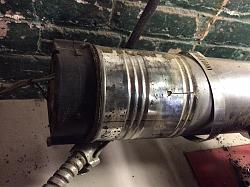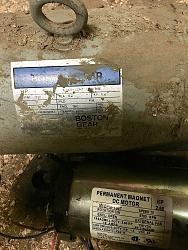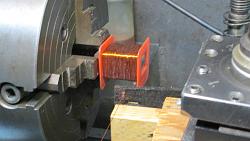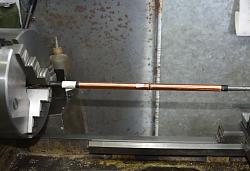Most if not all treadmill motors are DC commutated motors, speed variation is by varying the supply voltage.
Variable Frequency drive is a term used for 3 phase AC induction motors, speed variation is done by varying the supply frequency, the voltage is also changed in proportion to the frequency to avoid excessive motor current at low frequency.
Treadmill motors can easily drive a medium size drill press. I used one on a Bridgeport mill once as a temporary measure, it worked OK. http://www.homemadetools.net/forum/h...6661#post84115 Scroll down a little way to see the motor fitting and use.


 LinkBack URL
LinkBack URL About LinkBacks
About LinkBacks



 Reply With Quote
Reply With Quote






Bookmarks